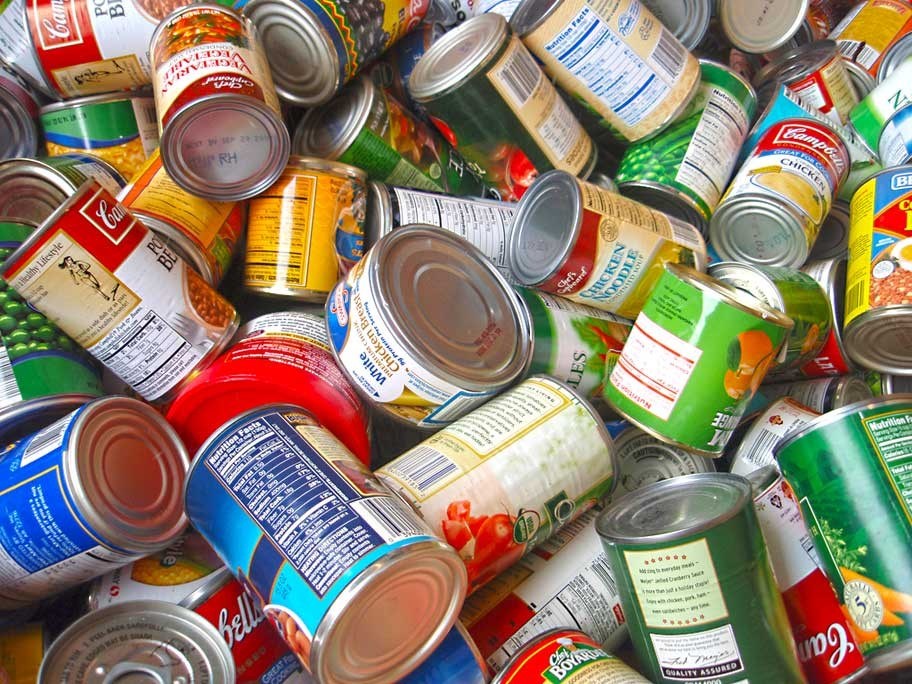Some disturbing statistics: charitable donations in Canada dropped by $1 billion between 2007-2009, and have sunk further since; 61 per cent of us agree that food charities are in need, yet food bank donations have declined countrywide; conversely, use of the Whistler Food Bank is up drastically over the past few years. Why? Certainly economic factors are partly to blame when 51 per cent of Canadians say they'd give to charity if they had better finances, but there are other forces at play — both nationally and locally.
Since the first food banks appeared in the early 1980s, we have collectively come to believe that charitable handouts are the most effective means of feeding the poor and homeless. Domestic hunger in Canada — a political and human rights issue that should be prioritized by governments — has been cast as something to be dealt with through philanthropy. This reliance on community compassion has steadily weakened Canada's once-progressive social safety net. And yet how likely is it — after months of the pointed message of the Occupy movement — that Canada's leaders will address widespread food insecurity rooted in poverty and income inequality? Not at all. In fact, prospects for interventionist anti-poverty strategies are at an all-time low under Harper's avowed state minimalists in Ottawa.
In the case of our own community, with the help of 874 volunteer hours and 22,161 pounds of donated food, Whistler's Food Bank helped 2,824 residents in the year ending March 31, 2011. This is a big number that begs many questions. Unfortunately, the one too often voiced is why Whistler even needs a food bank, echoing the American sink-or-swim line that if you can't make it somewhere that you've actively chosen to live, then too bad — leave. Despite violating the very idea of community, such attitudes miss an underlying problem: many people — talented, passionate, committed, possible future community leaders — aren't getting the chance to choose to live here because the choice is being made for them.
Food bank coordinator Sara Jennings says most users are either temporarily unemployed or chronically underemployed — i.e., not making a full-time wage, receiving only a few shifts, and with no benefits. Ironically, these seasonal part-time workers at the lowest pay levels are the first to have their hours cut in slow times. Still, food bank use is generally an emergency or stopgap measure: few visit more than 1-5 times in a 12-month basis; regular users are largely families or individuals with mental health and addiction issues.
"Most are in the 16-29 range and not necessarily making the best life choices," acknowledged Jennings. "But if they're not making a living wage they have to work a lot harder to figure out how to budget."
The Living Wage, an index of the bare minimum required to live on if working 40 hours a week, has been set at $18.81/hr for Vancouver by the Canadian Centre for Policy Alternatives. It is higher in Whistler. (This topic is an entire can of worms that I'll return to in a later column.)
"That being said, there's definitely room for some Whistler employers to offer more full-time versus part-time positions," says Jennings.
"That's how the living wage plays into the food bank issue."
Lack of a living wage in first-world North America has led to a situation of "Food Poverty," where many on low incomes are unable to afford "healthy" foods. The result is widespread poor health, both in malnutrition and obesity levels.
Tragically, with so many in need of it, food wastage is high everywhere, especially in Whistler. "I can't directly compare it," says Jennings, "but it's absolutely high here."
The food bank receives some of the vast grocery-store wastage (Nesters is a champion donator, others not so much and Jennings believes a lot more could be done) but produce is hard to come by for the needy in Whistler because of fewer ways to access food deemed unsellable. You can't dumpster-dive because of bears, while in Vancouver restaurants donate to soup kitchens (not needed in Whistler) and dumpsters remain open for the urban ecosystem to forage.
Some Whistler restaurants compost food waste, but some don't. "It's hard to get people to change their handling systems," notes Jennings, "but tipping fees are lower for composting than for regular garbage."
More disturbing statistics: In the U.S., food waste has increased 50 per cent since 1974; 40 per cent of all food produced in the U.S. (value $50 billion) is thrown out and would fill a train from coast to coast and back again. This makes food the third largest waste stream after paper and yard waste, accounting for over a quarter of all freshwater consumption. Besides massive environmental damage, disposal costs to businesses are passed on to consumers in higher prices, and landfill costs in local taxes. In the UK, 18 million tonnes of edible food (value £23 billion) ends up in landfill every year. This has sparked a countrywide initiative to be aware of food use at both the front and back ends of consumption (lovefoodhatewaste.com).
I know this is all a bit scattered, but in this season of excess, Let's just think a bit harder about food — both how we eat and how we share.




